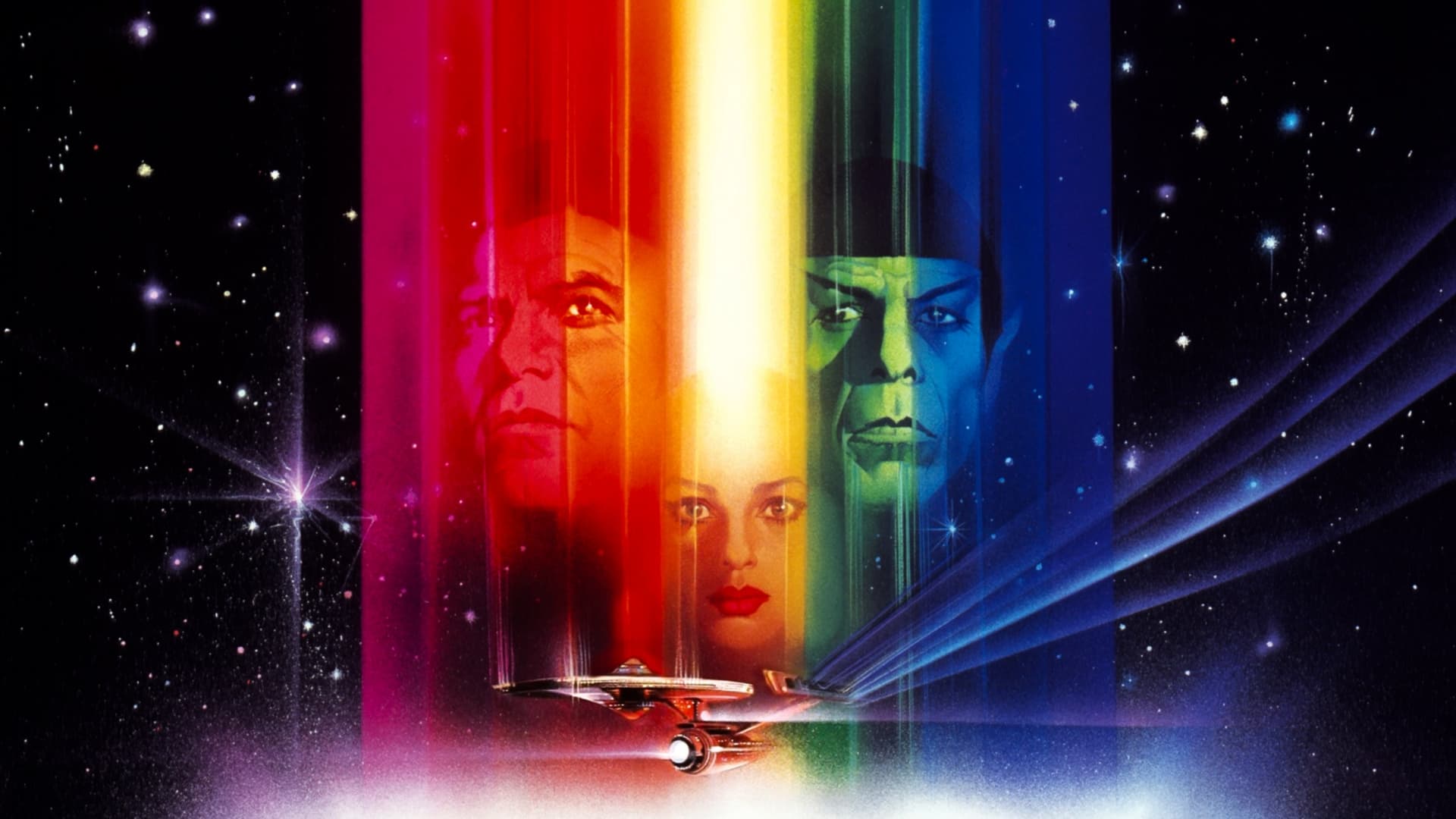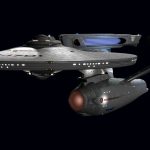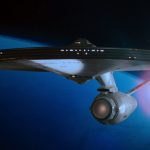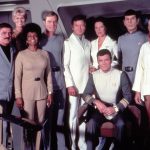Overview
When an unidentified alien destroys three powerful Klingon cruisers, Captain James T. Kirk returns to the newly transformed U.S.S. Enterprise to take command.
Mockingly referred to by critics and deriders as ‘Star Trek: The Slow-Motion Picture’, the first outing of the USS Enterprise on the big screen is genuinely a love-it or hate-it film. On release it received a critical drubbing, with only a smattering of positives in among a plethora of negatives. However, it managed successful enough box office takings to allow a green-lighting of another film.
Revisiting this first film on Blu-Ray was something I was looking forward to. After all, I bought into this film on initial release. As a 6-year-old I was captivated by all things space, and Star Trek threw me into a world – nay, a universe – of beautiful ships, and a strange tale about a probe that went bad.
The basis of the plot sees a strange energy cloud carving a devastating path towards Earth. The closest ship available to intercept the cloud is Enterprise, currently undergoing a refit and not quite in full service. Kirk, now an Admiral, assumes command of the ship from the new Captain, Will Decker, and by pulling a few strings manages to ensure he has his closest advisers by his side. Setting off to intercept the cloud, they discover that the core of the giant mass inside contains a relic from Earth’s past – one which has come home.
One of the things that many detractors point at as a failing of the film is the slow-paced and lingering shots of the ship. Indeed, the ‘fly-by’ of Enterprise as Kirk approaches the vessel in space-dock could quite easily be described as Starship-Porn, glimpsing every inch of the hull, and lingering over the registration just long enough to make a Trek fan salivate at the detail. But to mark this pacing as a negative is surely to miss the point – the ship in the original series was crude, yet beautiful design, and here we have it after a sexy face-lift. The fly-by was for fans to see all the delicate changes to the ship, the new nacelles, the gentle arc of the saucer, the saucer engines (never actually used, but they are there to allow a saucer separation in an emergency), and the bulking out of the hull. Later in the film similar slow fly-thru shots are given of the interior of V’Ger, with exotic sparking landscapes, and strange constructions of epic scale, which see Enterprise a mere shadow upon a fraction of the surface. Again, to complain about these majestic sights is to miss the point – if Star Trek has been about exploration and seeking out new worlds, then surely, we should see how exotic this ‘cloud world ship’ actually is.
Plot wise, the script is pure Trek. Many people forget that the TV series very often worked with low action and heavy dialogue. This film simply replicated that same basis. You could argue that the script was enough for a 90-minute TV 2-parter, unnecessarily dragged out to over 2 hours, but as a first outing for such an iconic ship and crew, it needed to look as good as it told. If anything, the problem with Star Trek: The Motion Picture is that it chose to emulate the pacing of films such as 2001: A Space Odyssey and Silent Running at a time when everyone else was copying the fast thrill of Star Wars.
There are some negatives that even a fan of the film will admit to. The uniforms – or pyjamas in space – were ill conceived looking like the kind of clothes seen on low budget TV shows such as Space 1999. Even the uniforms on the original series looked more convincing. Then you have the new characters, brought in for the film (and originally conceived for a ‘Phase II’ TV series). Decker is far too bland, and we never really get to care much about him as a person, so we don’t give a damn that Kirk kicks his command out from under him. The potentially most intriguing new character, Ilia, has a hinted at back-story which never plays out, and seems to just be dropped in to add a spice of sexual tension to the bridge. However, the older cast shine throughout, and in exchanges between Kirk, Scotty, Bones, and Spock you quickly realise what it is that you love about this crew.
With a fantastic score by Jerry Goldsmith, the prime theme of which would go on to become the Next Generation theme, the film is one worth returning to with fresh eyes. It wasn’t a thrill-ride of a film, and for non-Trekkies it was impossible to use as a jump-on point for the franchise, but for the fans of the series who longed to see the majesty of the ship and crew on the big screen, it did the job well.




